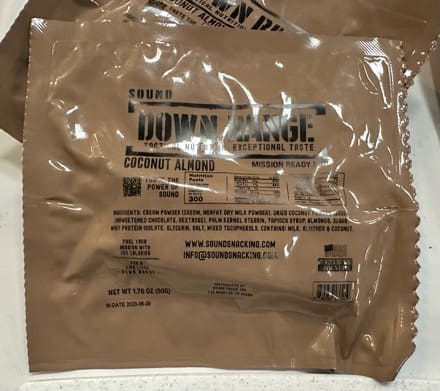YUMA PROVING GROUND, Ariz. — In a potentially significant stride forward in military technology, Yuma Proving Ground is testing a cutting-edge Modular Turreted Mortar System, or MTMS.

According to Kevin Irr, a test officer from the Munitions and Weapons Division, intensive evaluations are currently underway to ensure the MTMS system meets performance expectations for an upcoming demonstration at the Maneuver Warfighter Conference at Fort Moore in September 2024.
Installed on an Armored Multi-Purpose Vehicle, this new mortar, or NeMo, turret is a semi-automated, single-barrel 120mm breech-loaded mortar system and has long captured the interest of the Army for its potential to bolster operational capabilities.
A vehicle commander oversees its operation, while two crew members are needed to load the turret. Since Soldiers will be operating the NeMo at the demonstration, ongoing safety testing holds significant importance.
“We are diligently verifying its advertised capabilities and making sure it is safe for the Soldiers to operate,” Irr explained. “Additionally, we’re conducting several other tests to gauge the weapons system’s overall operability.”
Testing on the weapon system began in January and is projected to wrap up by July. Furthermore, a demonstration test will be carried out at YPG to pinpoint any potential issues or to fine-tune procedures before the AMPV-mounted weapon is sent to Fort Moore.
The safety testing focuses primarily on two critical areas, as outlined by Irr. Foremost, the Army is assessing the impact of vehicle operation on auditory health to protect soldier’s hearing. Mortar systems produce high-intensity noise during firing and prolonged exposure can result in hearing damage.
Additionally, prioritizing the buildup of toxic fumes within the vehicle, which may result from weapon firing and engine exhaust, is another top priority. Irr emphasized the critical need to manage these fumes effectively to safeguard the lives or crew members.
Irr also provided some insight into the project’s origin, tracking back several years, saying this integration onto the AMPV is part of a multi-phase foreign comparative test in which the Army initially evaluated the system’s capability on a foreign vehicle using U.S. ammunition.
Reflecting on that initial testing phase, he remembered how it ignited curiosity and interest among military experts, prompting further exploration of the weapon system’s potential utility within the U.S. Army’s arsenal.
To evaluate its viability, a thorough comparison test was designed, subjecting it to the rigorous conditions at YPG.
“It is a prototype,” clarified Irr, who took part in the early part of the testing. “This turreted system has undergone prior testing here on a different vehicle. During those tests, it piqued our interest and garnered some attention.”
Recognizing the system’s promise, the decision was made to evaluate it on a U.S. vehicle, specifically the AMPV.
According to Capt. Mike Hapner from the Program Executive Office Ground Combat Systems, the AMPV was chosen because it maintains an objective requirement to replace the Mortar Carrier Variant with an automated MTMS.
“The U.S. Army is interested in the MTMS’ capability to shoot on the move, perform direct fire missions, as well as its capability to conduct Multiple Rounds Simultaneous Impact missions,” Hapner stated.
This feature fills a notable gap in the U.S. Army’s current inventory, as there isn’t currently a mortar system with this capability.
“There are other pluses as well,” Irr said. “If it does ever get fielded, it would be the only mortar system in which U.S. Soldiers are protected inside a vehicle.”
By James Gilbert






























































































































